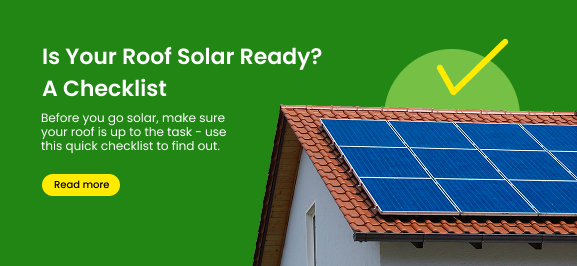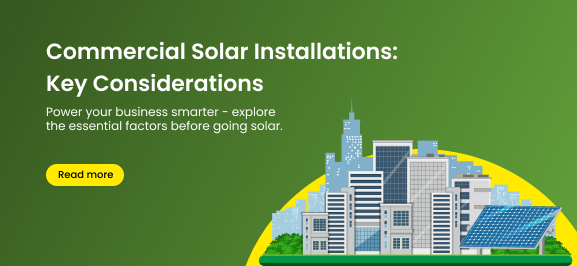
Introduction
Not every roof is ideal for solar installation. Use this checklist to determine if your commercial roof is ready to go solar.
1. Roof Age and Condition
Older or damaged roofs may need repairs or replacement before installation. A sturdy and well-maintained roof is essential for the longevity of the solar system.
2. Roof Orientation and Slope
South-facing roofs with a tilt of 15–40 degrees are optimal for solar panels. Flat roofs can also work well with angled mounting systems.
3. Shading Issues
Check for trees, neighboring buildings, or equipment that may cast shadows and reduce efficiency. Even partial shading can impact performance significantly.
4. Space Availability
Make sure there is enough unobstructed area for the desired solar array size. Also, plan for pathways for maintenance and safety.
5. Load-Bearing Capacity
Consult a structural engineer to confirm your roof can support the weight of a solar array. Reinforcement may be required for older structures.
6. Accessibility
Panels should be easily accessible for cleaning, inspections, and maintenance. Accessibility can reduce long-term service costs.
7. Local Codes and Utility Connections
Ensure your property meets local codes and utility interconnection requirements. This ensures safety, legality, and efficient integration into the grid.
Ensuring your roof is solar-ready can save you time, money, and effort during the installation process. Start with a professional assessment to make informed decisions and set your business up for a successful solar transition.


